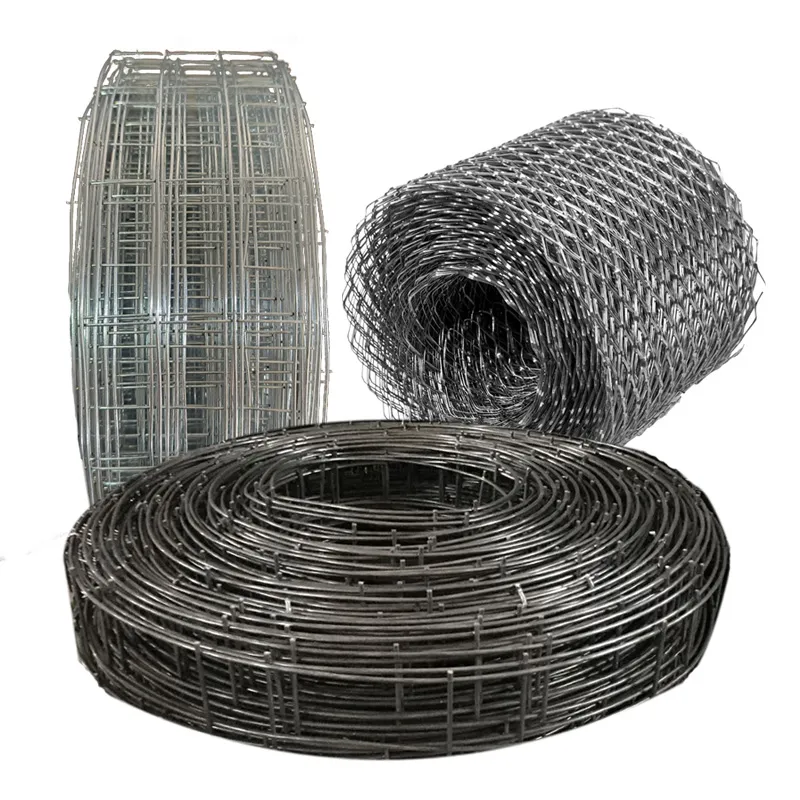-
+86 15030157877
-
sales@galvanizedmetalmesh.com
Nov . 01, 2024 12:38 Back to list
Eco-Friendly Solutions for Sustainable Livestock Management and Grassland Preservation
The Significance of Grassland Fences
Grasslands, vast and vibrant ecosystems, serve as home to a myriad of flora and fauna. Spanning across continents, these wide-open spaces are not only essential for biodiversity but also play a critical role in agriculture, particularly in grazing practices. Among the various tools that facilitate the management and sustainability of these environments, the grassland fence stands out as a vital element.
Grassland fences are more than just physical barriers; they are strategic constructs essential for the management of livestock and the preservation of the ecosystem. These fences delineate boundaries, keeping animals within designated grazing areas while preventing them from encroaching on more vulnerable regions of the grassland. By doing so, they help maintain a balanced grazing pressure across the landscape, allowing grass species to thrive and regenerate.
One of the primary functions of grassland fences is to support rotational grazing practices
. This method involves moving livestock between pastures, allowing previously grazed areas to recover while ensuring that the animals have access to fresh forage. By using fences to establish temporary grazing zones, farmers can optimize their grazing management, ensuring that pastures are not overgrazed. This approach not only boosts the health and productivity of the grasslands but also enhances the quality of the livestock, as animals graze on fresh, nutritious grass rather than overused, depleted pastures.grassland fence

Additionally, grassland fences play a crucial role in protecting sensitive ecosystems within these environments. Certain areas of grassland may host endangered plant species or serve as habitats for vulnerable wildlife. By restricting access to these critical zones, fences help preserve biodiversity and enable ecosystems to function naturally. This is especially important in an era where environmental degradation is rampant, and protecting natural habitats is paramount for the survival of countless species.
Moreover, grassland fences contribute to soil health. Overgrazing can lead to soil compaction, erosion, and loss of nutrients. A well-managed grazing system, supported by effective fencing, allows for better soil management and recovery. Healthy soils are foundational for sustainable grassland ecosystems, promoting water retention and supporting a diverse range of plant life, which in turn supports a rich array of animal species.
In some regions, fencing also serves a social function. Traditional grazing lands often overlap with communal spaces used by various communities. Fences can help delineate these boundaries, reducing conflicts over land use. By clearly marking where resources can be accessed or conserved, communities can work together more effectively toward shared goals of sustainability and resource management.
In conclusion, grassland fences are essential for the sustainable management of these vital ecosystems. By promoting effective grazing practices, protecting sensitive habitats, enhancing soil health, and fostering community cooperation, fences contribute significantly to the balance of grassland ecosystems. As we face mounting environmental challenges, understanding and optimizing the role of these fences will be crucial in ensuring the health and productivity of grasslands for future generations. The thoughtful use of grassland fences not only supports agricultural practices but also champions biodiversity and environmental conservation, showcasing the interconnectedness of farming and nature.
-
Hexagonal Gabion for River Bank Protection and Retaining Walls
NewsJul.23,2025
-
Chain Link Fence-HEBEI WEICHUN WIRE MESH TRADE CO.,LTD.|durable fencing solutions&secure perimeter protection
NewsJul.23,2025
-
High Quality Stainless Steel Wire Mesh Roll & Supplier Wholesale Price
NewsJul.22,2025
-
Hexagonal Gabion Mesh: Durable Stone Cages for Landscaping
NewsJul.22,2025
-
Premium Black Brick Welded Mesh - High Strength & Corrosion Resistant
NewsJul.21,2025
-
High-Quality Chicken Wire Panels Leading Manufacturer & Exporter
NewsJul.08,2025



